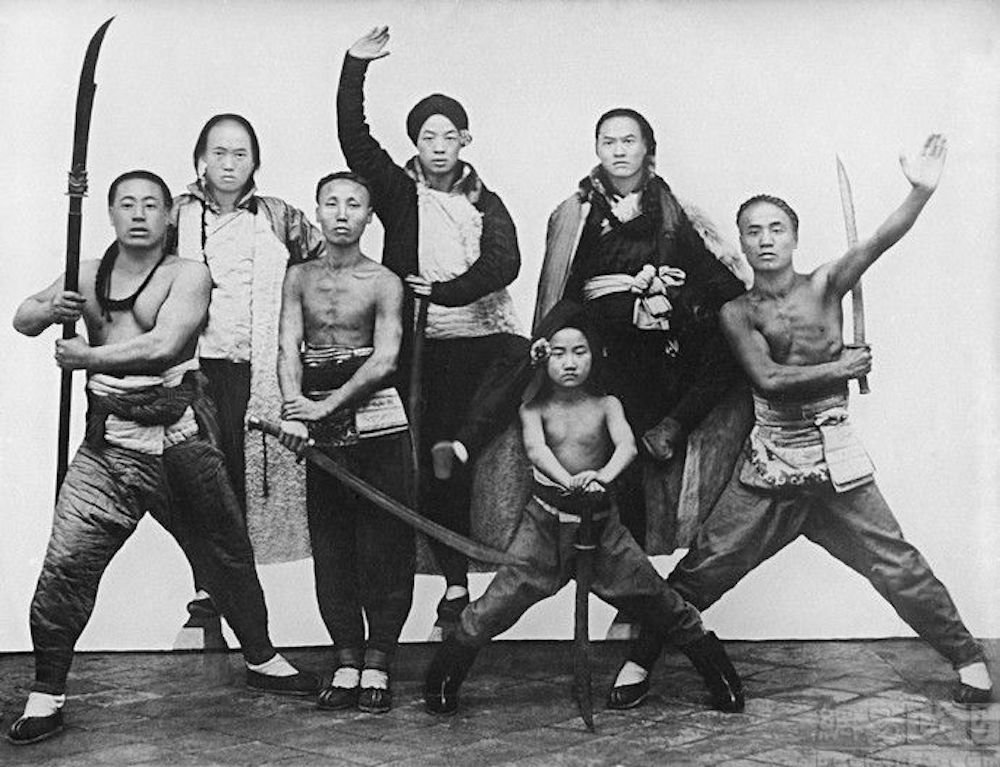
In my 47 years (ouch!) of constant practice, my perception of the martial arts evolved. But the trigger that launched the reflection and brought to these considerations was meeting Dorillo Rota, an awesome martialist of great human value, who has devoted his enormous experience to a quest for effectiveness in martial arts practice.
Working with Dorillo brought me to the decision of organising and transferring to reality the wealth of knowledge acquired from my master Chan Hon Chung and consistently trained for decades. And moreover, it was the occasion to reorganise my entire set of thoughts about martial arts.
In the first instance I wrote an article, but it ended to be too long and difficult to read. I therefore decided to summarise it as much as I could, obtaining the 10 rules that follow. Enjoy!
- Martial arts are not a sport, they are aimed at real combat. The practice must always consider this principle.
- Martial arts are based on a full awareness of oneself and on the internalisation of the technical principles, not on an exasperated athleticism, a quality destined to fail with advancing age.
- The execution of a martial movement should necessarily be triggered by an external solicitation, real or imaginary (OK, I am aware that this rule brings to the paradox of two martial artists that cannot train sparring, because neither is allowed to take the initiative, but there are turnarounds that can solve the problem).
- Every valuable martial art is based on the same few key principles, that are strictly connected to the functionalities of the human body and the laws of physics. You can call it “chi”, but in fact is biomechanics.
- Each martial action takes place in the same sequence of events:
- perception
- intention
- action
- The “c. action” event above mentioned springs from the center of gravity and expands to the periphery, involving the whole body.
- Breathing is always a consequence of the changes of the body volume produced by the movements. Any holding, forcing or constricting of the breathing is useless and possibly harmful for health and efficiency.
- The forms are the main tool for learning, understanding and transmitting any martial art. They must be learned and practiced constantly with the goal of the deepest possible awareness of one’s body in relation with the environment and the opponent.
- The various movements that compose the forms should be intended and executed as pure concepts, to become a foundation for the countless actualisations that occur in a real fight.
- When practicing the forms, every action should end in a condition of vigilant relaxation containing the intention for the technique that follows (the bridge留 lau4 in Hung Kuen kung fu).
These rules are the result of a long and profound reflection. It’s a sort of decalogue that I hope will be helpful to all those who share my love, enthusiasm and dedication for martial arts. For any comments or questions feel free to get in touch by email.